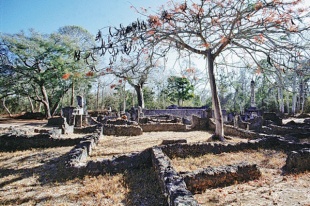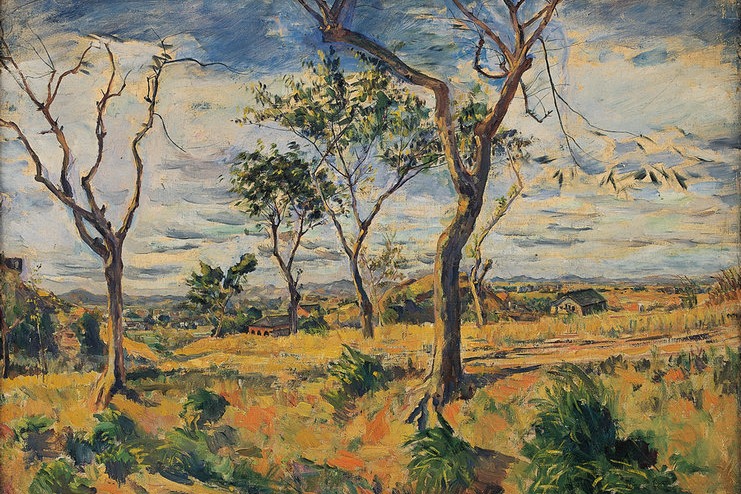A dead city's new life


The buildings that survive today are numerous coral-brick houses, a palace and a mosque.
"However, it is not only the quality of the ruins that amazes visitors but the advanced nature of the settlement," Yaa says.
"Gede was, in many ways, a very advanced city with streets, running water and flushing toilets."
It's believed the rich residents lived within the safer confines of the inner wall, while the middle class dwelled within the outer wall, and peasants and other less-affluent people lived outside the walls.
The discovery of artifacts like Chinese vases and coins as well as Venetian glass proves the citizens of Gede had strong contact and trade with other parts of the world.
The town also hosts a fortress, palaces and tombs built in Swahili-style architecture. The buildings were primarily constructed of plaster, earth and coral.
Residents also dug numerous wells. The 50-meter-deep Well of the Great Mosque near the namesake place of worship is celebrated for its impressive design and was used for ceremonial baths.
The Gede ruins contain many mysteries, but the greatest question puzzling experts is why it was abandoned. According to Yaa, some historians have suggested a lack of water, a conflict or a devastating disease may have prompted the exodus in the 17th century.
"One theory on how Gede was deserted states that unknown invaders destroyed the town. However, historians and archaeologists contend that there is no evidence of battle or disruption," Yaa said.
"Others have suggested that Gede's population, which is estimated to have been around 2,500 people, may have been forced out of the town by the receding waters of the Indian Ocean, which reportedly depleted the available wells, making the town uninhabitable."
Today, the monument is under the care of the National Museums of Kenya.
The forest surrounding the ruins remains a sacred site for traditional rituals and sacrifices for the surrounding community.





































